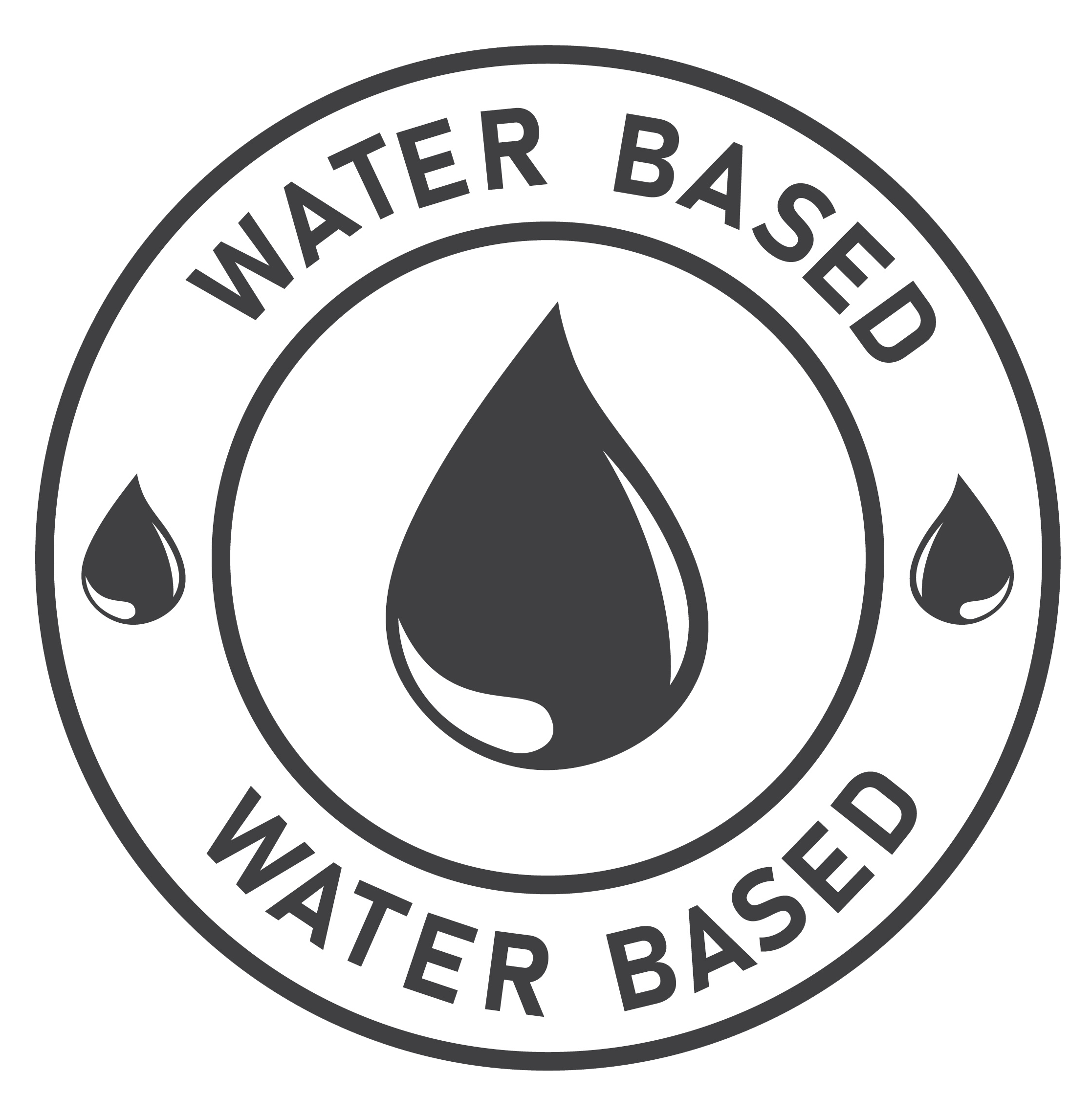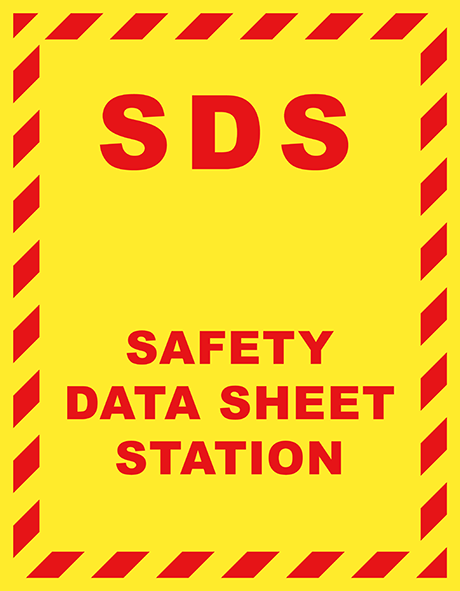P2 Section #2 | Automotive Maintenance - Pg 1

Section 2 | Automotive Maintenance
Revised On: Feb. 25, 2024 - 9:00 a.m.
Learning Objectives:
- Define what a solvent is.
- Identify different types of solvents and their harm to the environment and human health.
- Identify regulatory considerations for solvent waste.
- Determine if there are P2 opportunities for your parts-washing process.
What are solvents?
Solvents are a common substance used in automotive maintenance. When performing maintenance activities at your site, like cleaning brakes, a solvent is likely being used. In this lesson, we will focus on what a solvent is, what it is used for, and what equipment is generally used with solvents. In addition, we’ll learn about the different environmental and health considerations for the type of solvent you are using.

First, let’s talk about what a solvent is and how it is used in your workplace. Solvents are substances that can dissolve or disperse other substances. Solvents are what allow you to remove unwanted material from the surface of another material easily. In the case of an automotive maintenance shop, this is most commonly seen when cleaning and degreasing various parts, equipment, and machinery. They are designed to remove oils, greases, dirt, grime, and contaminants from surfaces, making them vital in industrial and automotive applications.
You have probably seen volatile organic compounds (VOCs) listed on a label or on products that you use. Many organic solvents are categorized as VOCs as they readily emit gasses at normal ambient temperatures and pressures. Due to this, there are more considerations regarding exposure to these chemicals and air quality. The solvents that we’ll take a look at, petroleum and chlorinated solvents, are organic compounds that can be considered VOCs. Now, let’s review these solvents and discuss alternatives.
Petroleum Solvents
Petroleum solvents are commonly used in the automotive maintenance industry and encompass many different solvents that you may have used or have dealt with. Some common examples of petroleum solvents are mineral spirits, naphtha, benzene, toluene, xylene, and kerosene. Note that these may be components of a solvent blend as well. They are used for cleaning and degreasing applications like a parts washer. Petroleum solvents are widely available, effective, and generally low cost, but health and environmental concerns come with using them.
These solvents impact human health by potentially leading to:
- Respiratory irritation through inhalation causes coughing, throat irritation, and difficulty breathing.
- Skin irritation through contact leads to redness, itching, and dermatitis.
- Eye irritation through splashes or exposure causes redness and tearing.
- Cancer risk: some hydrocarbon solvents have been classified as possible or probable carcinogens by organizations like the International Agency for Research on Cancer (IARC).
Chlorinated Solvents
Chlorinated solvents are chemical solvents containing chlorine atoms in their molecular structure. These solvents are not commonly used in automotive applications due to environmental and health concerns; however, it is important to be aware of this more harmful solvent type. Many chlorinated solvents have been phased out or restricted in various industries, including the automotive sector, because of their adverse effects on human health and the environment. Chlorinated solvents are used in automotive applications through degreasing, cleaning, and stripping. The most common examples of chlorinated solvents you may encounter in your workspace include trichloroethylene (TCE) and perchloroethylene (PCE).
In addition to the health effects covered by petroleum solvents, chlorinated solvent health considerations include:
- Adverse effects on the central nervous system through long-term or high-level inhalation that can lead to dizziness, headache, and loss of consciousness in severe cases
- When inhaled or swallowed by accident, gastrointestinal effects can include nausea, vomiting, abdominal pain, and diarrhea.
- Frequent exposure to chlorinated solvents may also adversely affect reproductive health, including reduced fertility and developmental issues in offspring.
- Neurotoxic effects from some chlorinated solvents can result in confusion, memory issues, and coordination difficulties.
It’s also important to consider the increased environmental impact of this type of solvent on our groundwater and soil. Chlorinated solvents released onto the ground can move through the soil and eventually penetrate groundwater. This is an issue as chlorinated solvents persist for long periods in the environment as they do not readily degrade in groundwater. If left untreated, this can contaminate drinking water supplies and result in the health risks mentioned above. Treatment of groundwater under these circumstances can be challenging and costly. The soil affected by releases can harm soil quantity and inhibit the growth of plants and organisms in the area.
Aqueous Alternatives

Aqueous cleaning solutions use water as the main component instead of harmful organic solvents. They are considered environmentally friendly alternatives to petroleum-based solvents. When working in your workplace, look for aqueous cleaners, as these are the safer choice. Some of the most common applications of aqueous cleaners in the automotive industry are used for parts cleaning and degreasing, paint preparation, rust removal, coolant and antifreeze formulations, windshield washer fluids, automotive wash and detailing products, brake fluids, cooling systems, adhesives and sealants, radiators, and heat exchangers.
Although aqueous cleaners are the safest choice in most cases, they still impact human health if proper care and protection are not taken. This can lead to similar effects we’ve discussed, such as respiratory and skin irritation through prolonged exposure. Aqueous cleaners typically contain little to no VOCs, so less harmful vapors are emitted, contributing to safer working conditions and less air pollution. It is essential to be mindful of any symptoms of allergies or sensitization when exposed to these substances and take necessary precautions to prevent further exposure.
Aqueous cleaners are more environmentally friendly than solvents. Due to being mostly water, aqueous cleaners are generally non-flammable or have significantly higher flash points than solvents. Lowering the risk of fires in the workplace contributes to employee safety and environmental protection. The advantage of aqueous cleaners is that they are less toxic, making them safer for the environment regarding soil, water, and aquatic ecosystems. Some aqueous cleaners are also formulated to be biodegradable, meaning they can break down into environmentally benign components over time. This reduces the long-term impact on soil and water quality.
Management and Disposal
As solvents are used in various activities at your automotive shop, the resulting waste is likely hazardous waste. This is referred to as spent solvent, which simply means that the solvent has become contaminated and can no longer be used for its intended purpose. As discussed in Introduction to Pollution Prevention, the Resource Conservation and Recovery Act (RCRA) determines the management standards for hazardous waste.
The most common category for an automotive maintenance facility is a very small quantity generator (VSQG). A VSQG generates less than 220 lbs of hazardous waste in a month and does not accumulate more than 2200 lbs of hazardous waste at any time, as stated in Title 40 of the Code of Federal Regulations (CFR) section 262.13. VSQGs have reduced requirements and do not need an EPA ID. The main requirement for VSQGs is that the waste being shipped off-site must go to a permitted treatment, storage, or disposal facility. This ensures the waste is handled correctly through its end-of-life management instead of improperly disposed of in a landfill.
Although not explicitly required as a VSQG, there are additional best management practices (BMPs) that can still be followed when handling hazardous waste and solvents on-site.

- Establish a well-ventilated and well-lit storage area specifically for solvents to disperse fumes and reduce the risk of inhalation hazards. This area should be separate from other workspaces and away from ignition sources.
- Review and label all solvent containers with the contents, hazards, and safety instructions. Use safety data sheets (SDS) to provide detailed information.
- Always keep solvent containers tightly sealed when not in use to prevent evaporation and minimize exposure to fumes.
- Install fire extinguishers and smoke detectors in the storage area and have a clear evacuation plan in emergencies.
- Spill response kits are readily available in the storage area and throughout the shop. Train employees on proper spill response procedures.
- Store solvents separately from incompatible materials to prevent chemical reactions. Refer to the SDS for compatibility information.
These best management practices prevent pollution by limiting the potential for accidents, exposure, and releases from using solvents.
Spent solvents can also be recycled on-site. This is known as legitimate recycling of hazardous secondary materials (HSM). HSM, as defined in 40 CFR 260.10, are secondary materials (e.g., spent material, by-product, or sludge) that, when discarded, would be identified as hazardous waste. Legitimate recycling of spent solvents excludes the spent solvents from hazardous waste regulations due to being recovered or regenerated by the recycling process. This can significantly reduce the amount of hazardous waste generated and lower solvent purchasing costs.
P2 Opportunities
Remember that P2 opportunities are meant to target waste generation at its source. In the case of solvents, this usually means that the solvent itself needs to be substituted with an inherently less harmful option, or best management practices can be utilized to reduce accidents and overuse. Here are a few options for minimizing solvent-related pollution:
- Switch to low-VOC solvents or zero-VOC cleaners. Switching to low or zero VOC whenever possible will lower your facility’s impact on air pollution and improve your workplace's air quality. This may require some trial and error to ensure the product you are switching to works for your facility. The product description or the product itself will usually mention if it is low or zero VOC. EPA’s SaferChoice label can also quickly identify environmentally safer products. SaferChoice-certified products must be as effective as other products in their category. These solvents are less environmentally harmful and can create a healthier workspace.

- Review your use. Did you use an appropriate amount of solvent to get the job done, or was there a bit of excess? Try to see how little can be used to get the desired result. An operational change like this is one of the most cost-effective ways to prevent pollution. You can take this P2 opportunity facility-wide by determining the amount of solvent typically used in a month. This allows you to set a baseline to check solvent usage against month-to-month. From there, you can recognize overuse or reductions that were achieved. If overuse occurs in a month, determine the root cause of additional solvent use for further P2 opportunities.
- Ensure proper storage and handling of solvents to minimize spills and leaks. Use closed containers, secondary containment systems, and spill kits to prevent accidents and environmental contamination.
- Explore alternative methods, such as ultrasonic parts washers or parts washing cabinets. This opportunity requires more initial investment but can ultimately reduce or standardize the amount of solvent used. In addition, this will reduce staff exposure to solvents and save time spent washing parts. Both manual and automated parts washing cabinets exist, but high-pressure spray in an enclosed space will typically be used to help clean materials. It can often be used with aqueous cleaners. Ultrasonic units immerse parts in a cleaning solution and agitate this solution with ultrasonic sound waves.
In the next lesson, we will talk about aerosolized cleaners.
GUIDES
Implementing P2 > | Spanish >
Inventory Control > | Spanish >
Solvent-Contaminated Wipes >
Used Oil >
Waste Determination >
POSTERS
Clear Walkways > | Spanish >
Clean Workspace > | Spanish >
First-In, First-Out > | Spanish >
Use & Stow > | Spanish >
VIDEOS
Auto Shop Housekeeping>
FIFO for Auto Shops >
What is P2 >
OTHER
P2 in Action >
